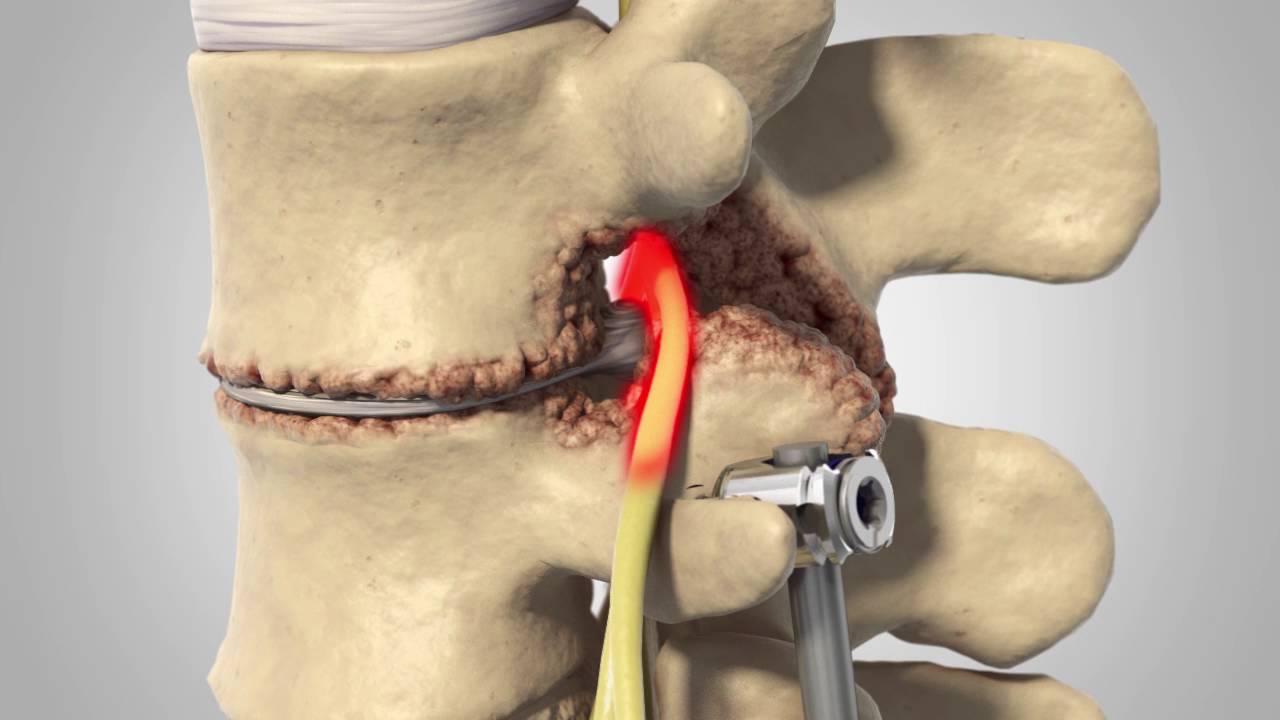A Case of Eagle Syndrome in a Chiropractic Patient
A Case of Eagle Syndrome in a Chiropractic Patient
SOURCE: Cureus 2023 (May 2); 15 (5): e38426
| OPEN ACCESS |
Leonard F Vernon
Clinical Sciences,
Sherman College of Chiropractic,
Spartanburg, South Carolina, USA.
Eagle syndrome is a rare condition that is characterized by, among other things, pain in the face and neck, with the majority of cases being unilateral and isolated to the lower jaw. It is not uncommon for the pain to radiate to the ear. Symptoms can be constant or intermittent and may increase with yawning or rotation of the head, causing Eagle syndrome to be frequently misdiagnosed. The objective of this report is to summarize the symptoms, diagnostic workup, necessary imaging, and management of Eagle syndrome.
Keywords: advanced imaging; chiropractic; eagle syndrome; non-specific neck pain; trauma.
From the FULL TEXT Article:
Introduction
The styloid process attaches the temporal bone of the skull and abuts to the styloid foramen, where it has numerous attachments, including the stylohyoid and stylomandibular ligaments and styloglossus and stylopharyngeus muscles. Derived from the Greek word “stylos”, which implies the pillar in Greek. The length of the styloid process has been reported by some authors to range between 15.2 mm and 47.7 mm [1, 2], with various authors labeling an elongated styloid process as anything >30 mm while Wat W. Eagle, an otolaryngologist, whom the syndrome is named after, believed that a length >25 mm is considered elongated. [3] A radiographic study by Dayal et al. seems to confirm Eagle’s assertion. [4] Watt found the incidence of elongated styloid process is 4% in the general population, of which only 4%-10% are reported to be symptomatic, with a female-to-male ratio of 3:1. It is usually reported in adults after the third decade of life. [5, 6]
There are more articles like this @ our:



